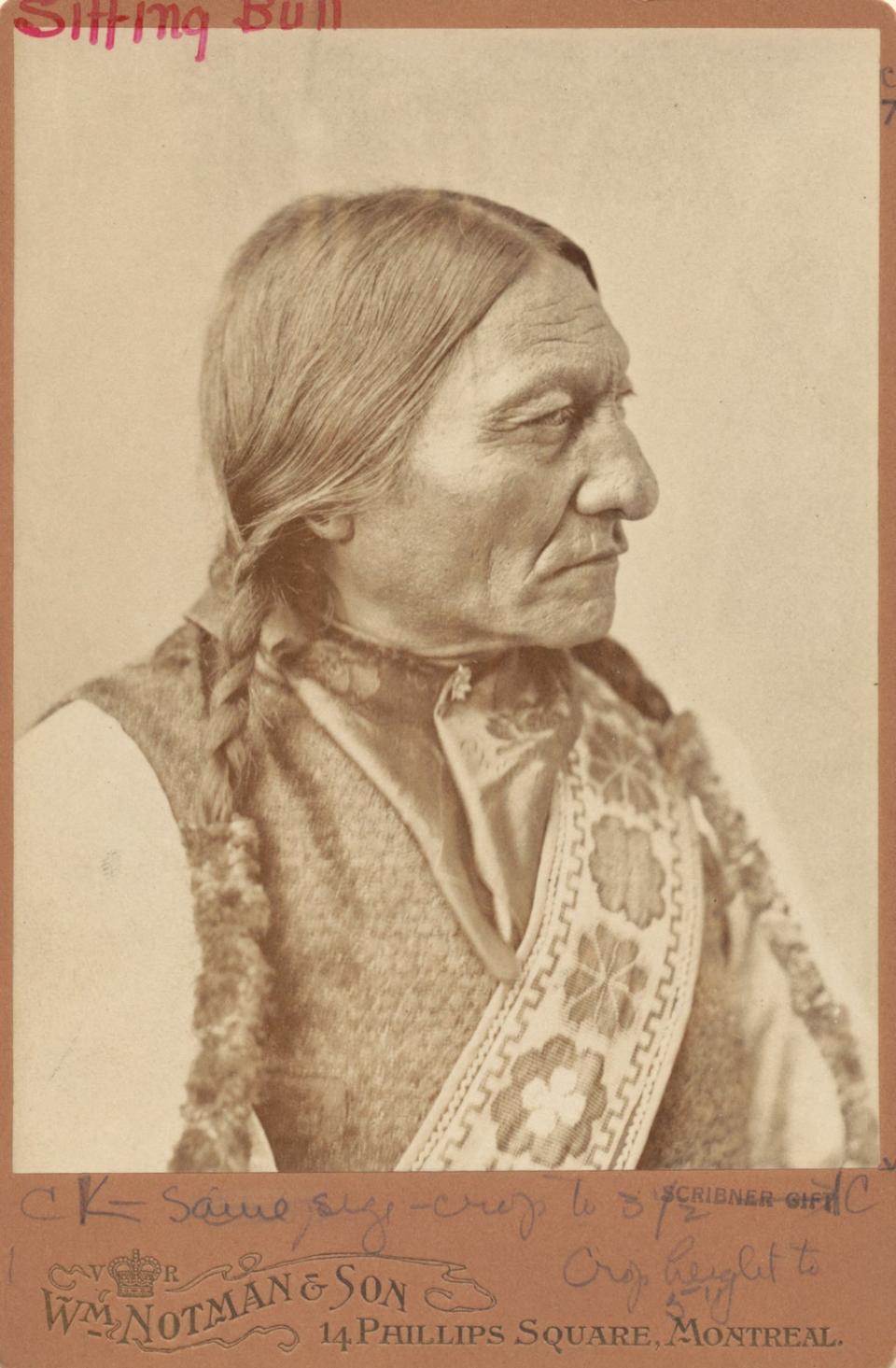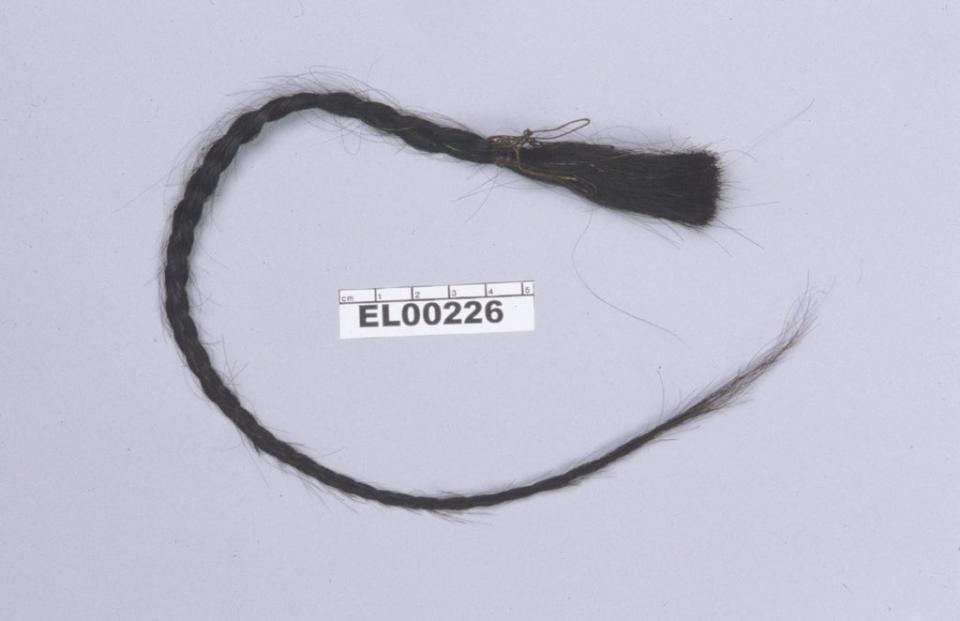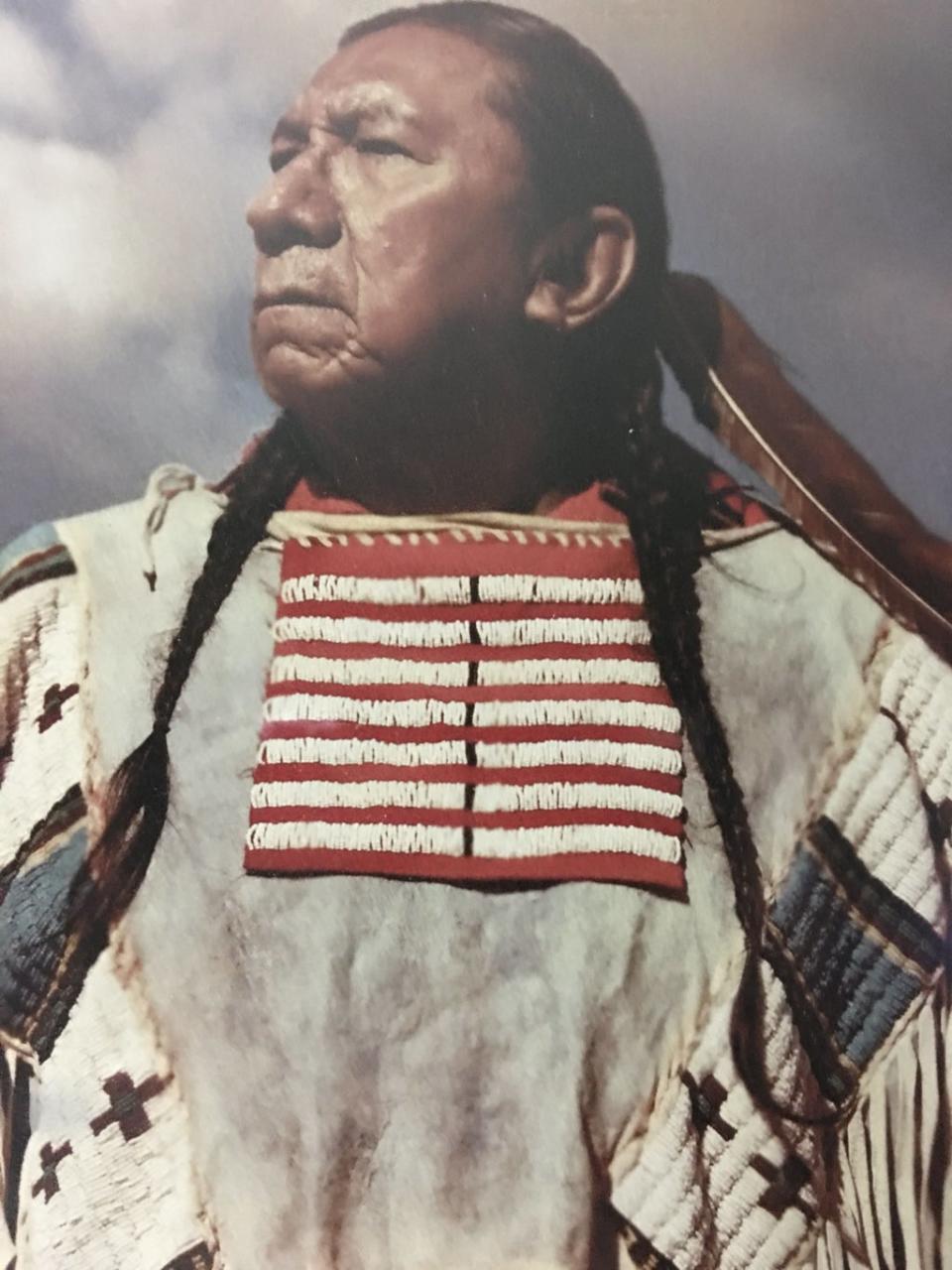American man revealed to be Sitting Bull’s great grandson via DNA test

A South Dakota man has been proven to be the rightful descendant of legendary Lakota warrior leader Sitting Bull, thanks to a new DNA testing method and 14 long years of research.
Ernie LaPointe, 73, a Native American author, has long maintained that he was Sitting Bull’s great-grandson.
Mr LaPointe had presented his birth certificate, a detailed family tree and other historical records to prove his claim, but some had questioned his ancestral lineage.
“I feel this DNA research is another way of identifying my lineal relationship to my great-grandfather,” said Mr LaPointe, who has three sisters.
“People have been questioning our relationship to our ancestor as long as I can remember. These people are just a pain in the place you sit - and will probably doubt these findings also.”
A group of scientists, led by professor Eske Willerslev at the University of Cambridge, put an end to the debate and revealed the findings published in the journal Science Advances on Wednesday.
The researchers used an innovative technique that compared DNA from a fragment of Sitting Bull’s scalp lock to Mr LaPointe’s genetic data.
It took them 14 years to find a way of extracting DNA from a 5-6cm piece of Sitting Bull’s hair as it was extremely degraded. The hair was stored for over a century at room temperature in Washington’s Smithsonian Museum before it was returned to Mr LaPointe and his sisters in 2007.

“To our knowledge, this is the first published example of a familial relationship between contemporary and a historical individual that has been confirmed using such limited amounts of ancient DNA across such distant relatives,” the researchers said.
Tatanka Iyotake, whose name translates to Buffalo Bull Who Sits Down and who was known as Sitting Bull to English speakers, was the leader of Hunkpapa Lakota Sioux tribe in the 1800s.
He led the resistance against US military forces who were trying to expel Native Americans with the help of more than 1,000 Lakota warriors who wiped out US troops in the Battle of the Little Bighorn in 1876, in the area that is now under the US state of Montana.
The battle cemented Sitting Bull’s legacy before he died on 15 December 1890 at the hands of Native American police at the behest of the US military.
It was because of Dr Willerslev’s admiration for Sitting Bull that made him reach out to Mr LaPointe and offer help to conduct a DNA analysis.
“Sitting Bull has always been my hero, ever since I was a boy. I admire his courage and his drive. That’s why I almost choked on my coffee when I read in a magazine in 2007 that the Smithsonian Museum had decided to return Sitting Bull’s hair to Ernie LaPointe and his three sisters, in accordance with new US legislation on the repatriation of museum objects,” Dr Willerslev said in a press release.
“I wrote to LaPointe and explained that I specialised in the analysis of ancient DNA, and that I was an admirer of Sitting Bull, and I would consider it a great honour if I could be allowed to compare the DNA of Ernie and his sisters with the DNA of the Native American leader’s hair when it was returned to them,” he added.
But the degraded condition of the hair meant the scientists had to devise a new method. Dr Willerslev and the team used autosomal DNA or non-gender-specific DNA. This DNA was then matched with samples from Mr LaPointe and other individuals.

The technique using non-gender-specific DNA was used because Mr LaPointe claimed to be related to Sitting Bull’s mother’s side and traditional analysis involves specific DNA in the Y chromosome that is passed down the male line.
After cross checking Mr LaPointe’s autosomal DNA with Sitting Bull’s, Dr Willerslev said his team was “delighted to find that it matched.”
Researchers said this new technique has paved the way for testing DNA of long-dead historical figures and possible living descendants in cases where there is limited genetic data.
Mr LaPointe’s struggle to prove his relationship was a part of his potential plans to change his great-grandfather’s final resting place and honour him by giving him a formal burial.
Sitting Bull’s current burial site, however, is under dispute. One of the sites is at Fort Yates, North Dakota, while the other is at Mobridge, South Dakota. Mr LaPointe believes his remains are at Mobridge.
Read More
This cheap antidepressant could cut Covid hospitalisation risk
Hunting viruses before they’re dangerous
The planet that survived the death of its star
Can artificial intelligence become addicted?
Watchdog dismisses calls to remove charitable status from climate denial group

 Yahoo News
Yahoo News 